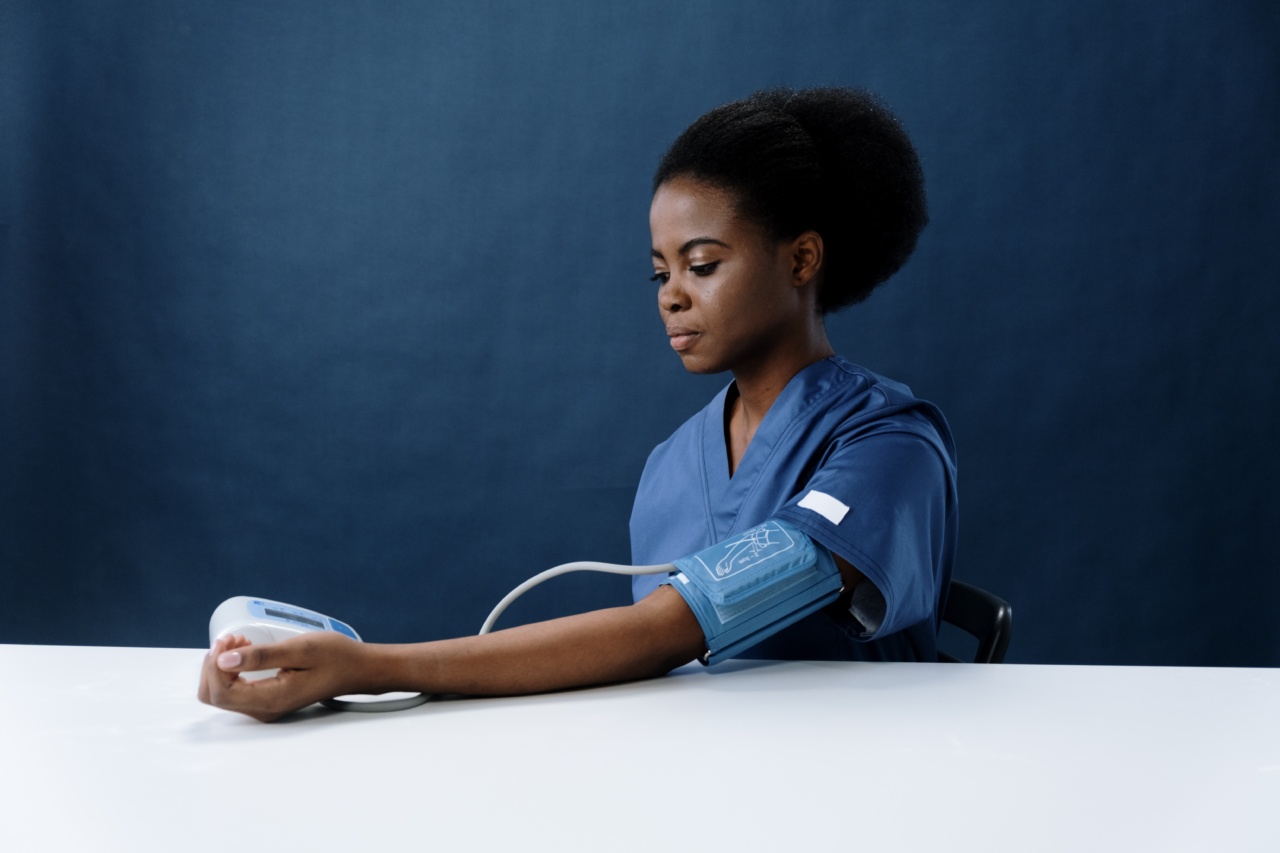Measuring your blood pressure is an important step in monitoring your overall health. High blood pressure can lead to serious health problems such as heart attack, stroke, and kidney disease.
It is important to measure your blood pressure regularly, to keep track of any changes and to take action if necessary. In this article, we will discuss how to measure your blood pressure correctly to ensure accurate results every time.
What is Blood Pressure?
Blood pressure is the force of blood pushing against the walls of your arteries. It is measured in millimeters of mercury (mmHg) and is recorded as two numbers – systolic pressure and diastolic pressure.
Systolic pressure is the higher number and measures the pressure in your arteries when your heart beats. Diastolic pressure is the lower number and measures the pressure in your arteries when your heart is at rest between beats.
Why Measuring Blood Pressure is Important?
High blood pressure, also called hypertension, can put a strain on your arteries and increase your risk of heart disease, stroke, and kidney disease. Measuring your blood pressure regularly can help you identify any changes and take action if necessary.
Making lifestyle changes such as eating a healthy diet, exercising, and reducing stress can help lower your blood pressure. In some cases, medication may be needed to control high blood pressure.
Preparing to Measure Your Blood Pressure
Before measuring your blood pressure, there are a few things you should do to prepare:.
- Use the restroom before getting started.
- Avoid caffeine, nicotine, and exercise for at least 30 minutes before measuring your blood pressure.
- Sit quietly for 5 minutes before taking your reading.
- Ensure you are seated in a comfortable chair with your feet flat on the floor and your back supported.
- Make sure the cuff is the right size for your arm. A cuff that is too small or too big can give inaccurate readings.
How to Measure Your Blood Pressure?
Here is a step-by-step guide on how to measure your blood pressure correctly:.
- Secure the cuff: Place the cuff on your upper arm, about an inch above the bend of your elbow. Make sure the cuff is snug but not too tight. The bottom of the cuff should be about an inch above your elbow.
- Position the stethoscope: Place the earpieces of the stethoscope in your ears. Position the diaphragm or bell on the inside of your arm, just below the cuff.
- Pump up the cuff: Begin pumping the bulb until the gauge reaches 180 mmHg or more.
- Slowly release the pressure: Turn the dial on the bulb slowly counterclockwise to release the air from the cuff. Watch the gauge and listen to the sounds of your heartbeat through the stethoscope.
- Record the readings: Note the point on the gauge where you first hear your heartbeat (systolic pressure) and the point where the sound disappears (diastolic pressure).
Interpreting Your Blood Pressure Reading
Normal blood pressure is considered to be below 120/80 mmHg. If your reading is higher than this, it may indicate hypertension. Here is what your reading may mean:.
- Normal: Less than 120/80 mmHg
- Elevated: 120-129/less than 80 mmHg
- Stage 1 hypertension: 130-139/80-89 mmHg
- Stage 2 hypertension: 140/90 mmHg or higher
If you have a high blood pressure reading, it is important to consult your doctor to develop a plan to lower your blood pressure.
Tips for Accurate Blood Pressure Measurements
Here are some additional tips to help ensure accurate blood pressure measurements:.
- Take your blood pressure at the same time each day.
- Rest for 5 minutes before taking your reading.
- Measure your blood pressure in both arms and use the higher reading.
- Don’t talk while taking your reading.
- Don’t cross your legs.
- Make sure your arm is supported and at heart level.
Conclusion
Measuring your blood pressure regularly is an important step in monitoring your overall health. By following these simple steps and tips, you can ensure accurate blood pressure measurements every time.
If you have any concerns about your blood pressure, be sure to consult your doctor.






























